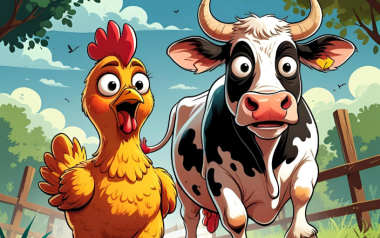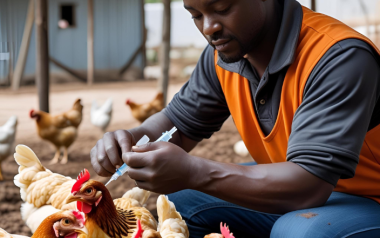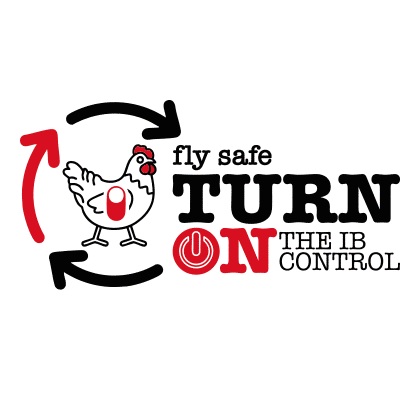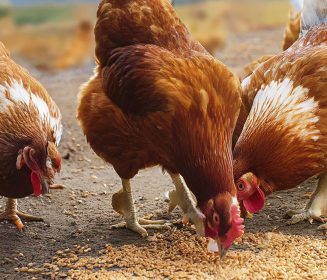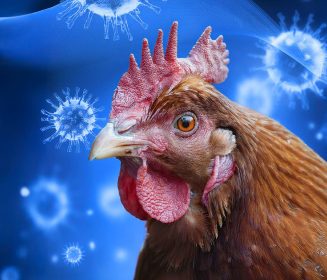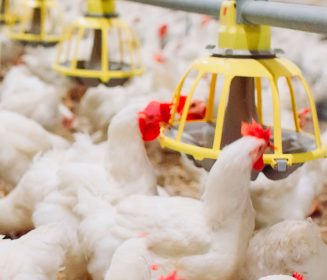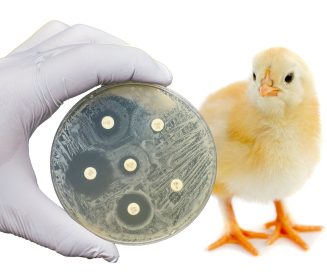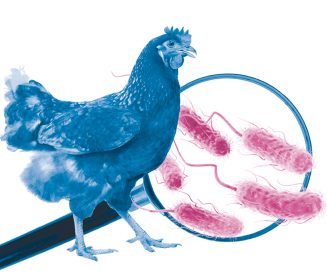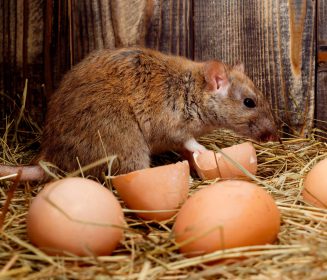Sources: Available upon request
24 Apr 2025
Europe reports 15 new Avian Influenza outbreaks in commercial farms
In recent months, Europe has witnessed a concerning surge in avian influenza cases, with 15 new outbreaks reported in commercial farms across various countries.
In recent months, Europe has witnessed a concerning surge in avian influenza cases, with 15 new outbreaks reported in commercial farms across various countries. This development has raised alarms among poultry farmers and health authorities, who are now grappling with the implications of these outbreaks on both animal health and the poultry industry.
Overview of the outbreaks
Between December 2024 and March 2025, Europe experienced a significant increase in highly pathogenic avian influenza (HPAI) cases. The European Centre for Disease Prevention and Control (ECDC) reported 743 detections of HPAI A (H5) virus in domestic and wild birds across 31 countries. Among these, 239 cases were found in domestic birds, including those in commercial farms. The predominant strain identified was HPAI A (H5N1), which has been circulating in central, western, and southeastern Europe.
Impact on commercial farms
The 15 new outbreaks in commercial farms have had a profound impact on the poultry industry. These farms, which are integral to Europe’s food supply chain, have faced significant challenges in containing the virus and preventing its spread. The outbreaks have led to the culling of thousands of birds to mitigate the risk of further transmission. This measure, while necessary, has resulted in substantial economic losses for farmers and disruptions in the supply of poultry products.
Response and mitigation efforts
Health authorities and veterinary services across Europe have been working tirelessly to address the situation. Enhanced surveillance and biosecurity measures have been implemented to detect and control the spread of the virus. Farmers have been advised to restrict outdoor access for poultry, as contact with wild birds remains a key risk factor. Additionally, efforts are being made to educate farm workers and the public about the importance of hygiene and preventive practices.
Risk to human health
Despite the widespread circulation of avian influenza viruses, the risk to human health remains relatively low. The ECDC has stated that there is no evidence of human-to-human transmission during the current reporting period. However, individuals who are occupationally exposed to infected animals or contaminated environments are advised to take precautions to minimize their risk of infection.
Conclusion
The recent outbreaks of avian influenza in commercial farms across Europe underscore the need for continued vigilance and proactive measures to protect both animal and human health. As the situation evolves, it is crucial for authorities, farmers, and the public to collaborate in implementing effective strategies to control and prevent the spread of this virus.







